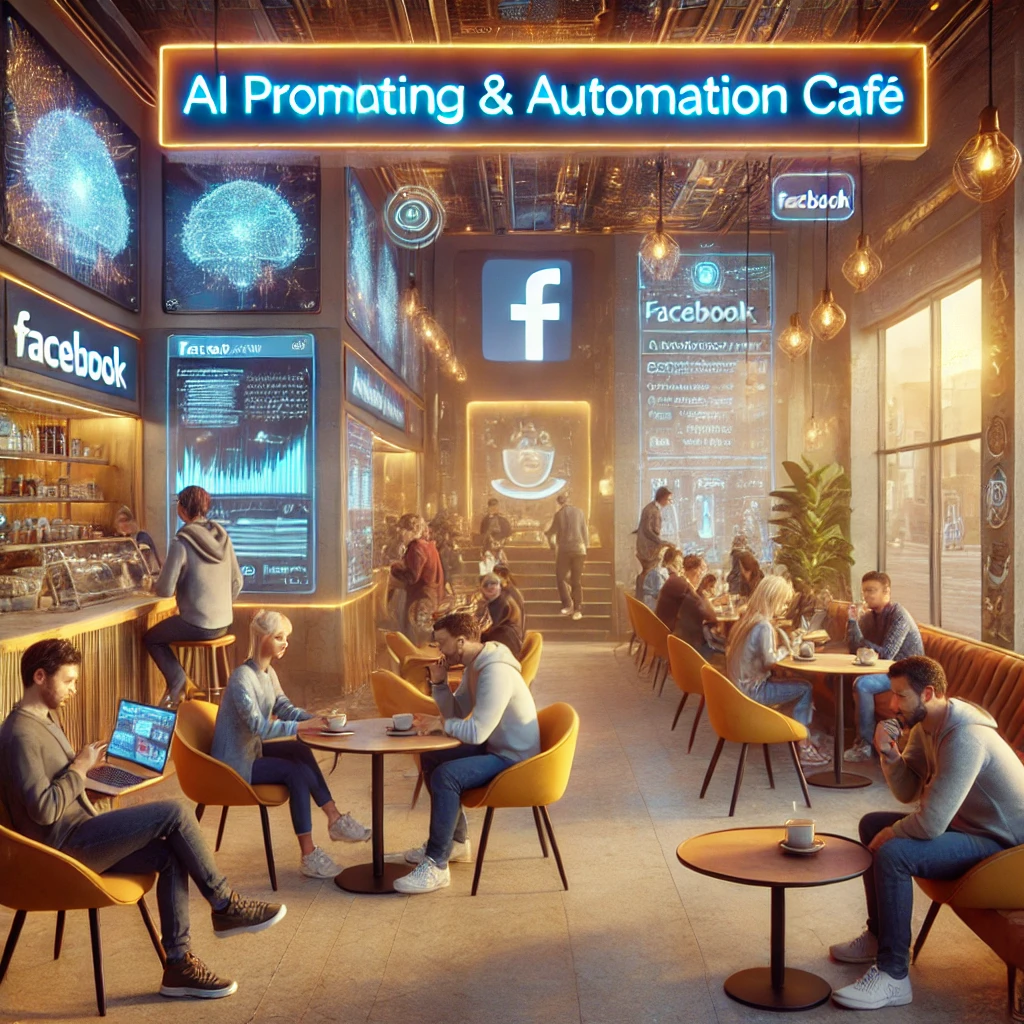The Real AI Roadblock Isn’t Technology—It’s Human Imagination
The rapid expansion of artificial intelligence tools and technologies has ushered in a wave of innovation that touches nearly every industry. From customer service chatbots to predictive maintenance in industrial settings, AI solutions are becoming more sophisticated and accessible. Yet leaders across organizations often find themselves at a strange impasse—not because their teams lack technical skills, but because they’ve lost the spark of imagination that drives transformative innovation.
Despite the proliferation of AI platforms and machine learning models, the biggest impediment to AI success in many enterprises is a failure to dream big and apply creativity to solve complex problems. At its core, artificial intelligence is a cognitive revolution—but without human imagination, its potential remains untapped.
Why AI Implementation Stalls at the Vision Stage
Too often, AI initiatives get stuck in what many refer to as “proof of concept purgatory”—successful pilots that never transition into integrated business solutions. In many of these cases, the barrier isn’t capability but confidence. Organizations focus on automating existing processes or replicating known patterns instead of asking: “How can AI help us reimagine what’s possible?”
The issue lies not just in the how, but in the why. Business leaders are asking tactical questions like:
- Which vendor should we choose?
- What data do we need access to?
- How scalable is the model?
While important, these questions miss the forest for the trees. The transformational power of AI lies not merely in automating tasks, but in inspiring entirely new ways of working and thinking.
Reigniting Imagination in the Age of Artificial Intelligence
Many of us were taught in school to pursue stable careers and follow structured paths. As a result, organizational cultures sometimes stifle curiosity and favor predictability over experimentation. When it comes to AI, this mindset can be a major roadblock.
To thrive with AI, companies must:
- Cultivate creativity: Encourage teams to brainstorm and experiment beyond current workflows.
- Champion bold thinking: Empower leaders at all levels to ask “what if” questions without fearing failure.
- Design with possibility in mind: Go beyond optimization and imagine transformation.
Organizations that prioritize innovation and creativity in their digital strategies are significantly more likely to see meaningful ROI from AI investments. They understand that dreaming is a prerequisite to building intelligent systems that solve real, dynamic problems.
Shift Your Mindset from Optimization to Transformation
For many business leaders, AI’s promise often becomes synonymous with efficiency. While AI can certainly automate repetitive tasks and reduce operational costs, its real value lies in unlocking entirely new business models and customer experiences.
Here are some transformational applications businesses can explore:
- Personalized learning journeys in education: Using AI to tailor content to individual student needs in real-time.
- Predictive health care: Leveraging machine learning to identify early warning signs and intervene before illness progresses.
- Creative assistance in design fields: Empowering artists with AI-powered tools that enhance, rather than replace, human creativity.
These examples showcase AI’s power to transcend optimization. But reaching that level of innovation requires vision—and courage.
Encouraging Organizational Curiosity
The workplace of the future depends not only on technical fluency but on elevated human skills like curiosity, adaptability, and emotional intelligence. Train your teams not only to use AI but to co-create with it. That means investing in skills like:
- Scenario planning and speculative design: These tools help leaders explore various outcomes in uncertain futures, aided by AI.
- Systems thinking: Understanding how AI impacts the broader ecosystem of a company, from supply chain to customer satisfaction.
- Collaborative ideation: Facilitating work environments that bring together diverse perspectives for better problem-solving.
When people view AI not as a replacement but as a collaborator, they begin to see broader possibilities. It’s about dreaming responsibly, yet expansively.
Why Emotion and Imagination Matter in AI Adoption
Ironically, one of the most human elements—emotion—plays a key role in successfully leveraging artificial intelligence. Emotions like fear or doubt can inhibit innovation. If teams are uncertain about how AI will impact their jobs, they might resist change, halting progress before momentum even begins.
To counter this, leaders must foster psychological safety. Here’s how:
- Lead with transparency: Be open about both opportunities and risks of AI adoption.
- Celebrate creative risk-taking: Normalize failure as a learning phase in any experimental initiative.
- Create future-facing narratives: Help employees see themselves as critical partners in AI-driven success stories.
The goal isn’t to remove all fear—it’s to move forward in spite of it. Strong storytelling and leadership can empower teams to imagine what AI can help them achieve, rather than what it might take away.
The Role of Leadership in Reimagining with AI
Today’s leaders must evolve from decision-makers to visionaries. That means not only understanding the technology but staying curious about its applications. In fact, some of the most inspiring AI integrations didn’t begin with IT—they began with someone asking:
- “What if our onboarding experience were as intuitive as a conversation?”
- “What if we could predict customer needs before they even reach out to us?”
- “What if AI could learn from not just our data, but also our values?”
Leaders should act as catalysts—empowering their teams to imagine, test, and ultimately build systems that reflect not just function, but purpose.
Strategic Steps Leaders Can Take to Spark More Innovation:
- Build cross-functional AI task forces: Bring diverse expertise together to generate creative use cases for AI.
- Invest in continuous learning: Encourage all employees to upskill, especially in areas like AI ethics, prompt engineering, and data literacy.
- Allocate innovation budgets: Give teams both the time and resources to explore experimental applications of AI without the pressure of immediate ROI.
From Dreaming to Doing: Making Innovation Tangible
Imagination may be the first step, but execution is what transforms ambition into action. Once your organization embraces AI as a creative partner, it’s essential to create a clear pathway to implementation.
Here’s a high-level framework:
- Ideate: Conduct facilitated sessions to explore visionary AI use cases.
- Pilot: Run small-scale experiments that test both feasibility and desirability.
- Measure Impact: Define metrics that go beyond cost savings to include engagement, innovation, and improved decision-making.
- Scale Adaptively: Grow what works while staying flexible to evolving insights and challenges.
This approach keeps innovation grounded while avoiding the rigidity that often hampers AI adoption.
Conclusion: The Future Belongs to the Bold
The most significant AI breakthroughs will not come from technical superiority alone, but from those willing to reimagine the future. Success with AI isn’t just about building smarter algorithms—it’s about tapping back into the human capacity to dream, challenge norms, and ask meaningful questions.
Organizations that dare to dream, nurture creativity, and foster curiosity will not only overcome today’s AI challenges—they will define the next era of innovation.
Don’t just learn AI. Learn how to dream with it.






